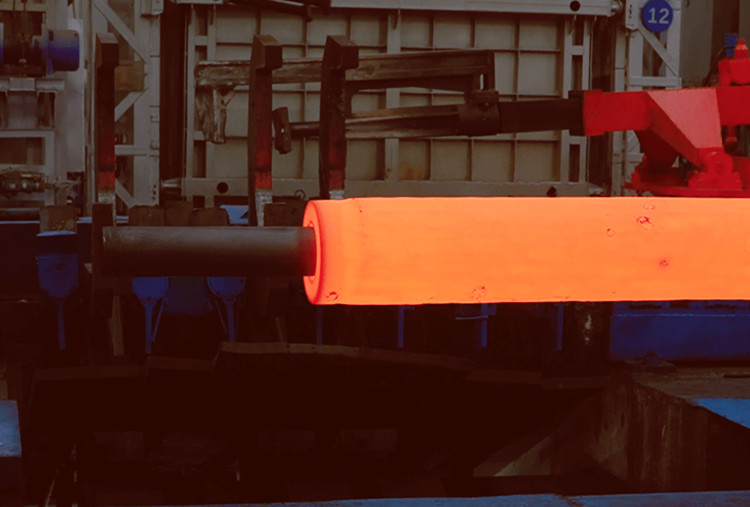- tyler@kirail.com
- +86 15603721115
Friction in forging is the friction between two metals (alloys) of different composition and performance, between soft metal (workpiece) and hard metal (die). Under non-lubricated conditions, it is the contact friction between the oxide films on the two metal surfaces; under lubricated conditions, it is the contact friction between the oxide films on the two metal surfaces and the lubricating medium, as well as the friction between the inner surface of the workpiece that has not yet been oxidized and has a large adsorption force and the lubricating medium. The actual friction (contact) area continues to increase.
Due to the friction characteristics between the contact surface of the blank and the die during the forging process, the following results will be caused:
1. Friction increases the deformation force by 10%, and energy consumption increases accordingly;

2. Friction causes uneven deformation of forgings, uneven internal grain structure and performance, and reduced surface quality;
3. Friction causes the geometric shape and dimensional accuracy of forgings to decrease. When the forgings are seriously underfilled, the forgings will be scrapped;
4. Friction causes mold wear to increase and shortens the life of the mold;
5. Increasing the local friction resistance of the cavity can make the metal of the difficult-to-fill cavity fill smoothly and reduce the scrap rate.
Final summary
It can be seen that friction is a double-edged sword in forging production, with both advantages and disadvantages. Therefore, friction during the forging process must be strictly controlled to ensure the normal progress of the forging process.